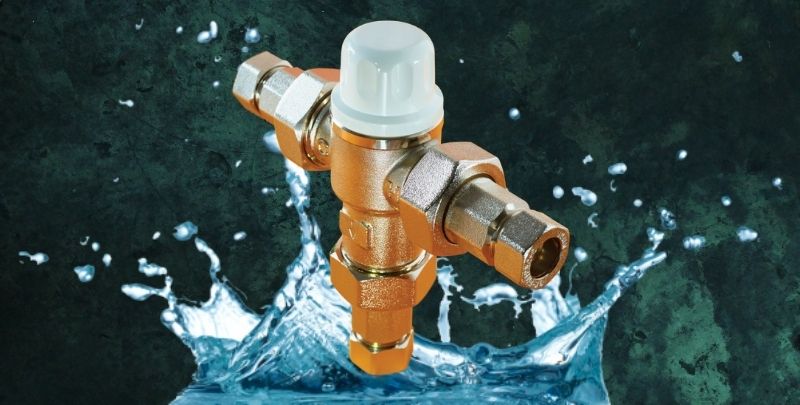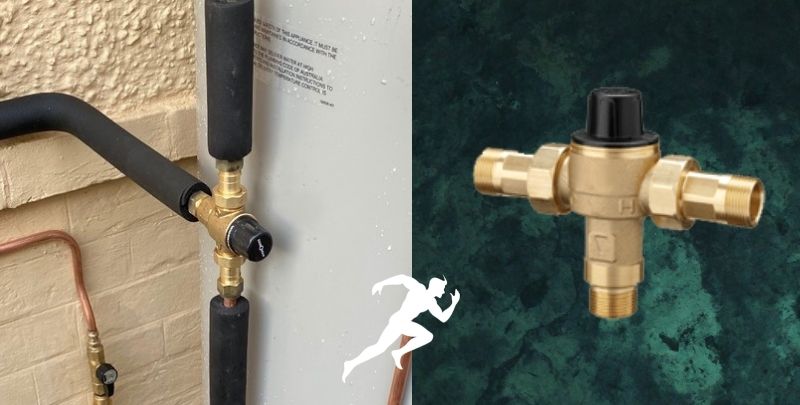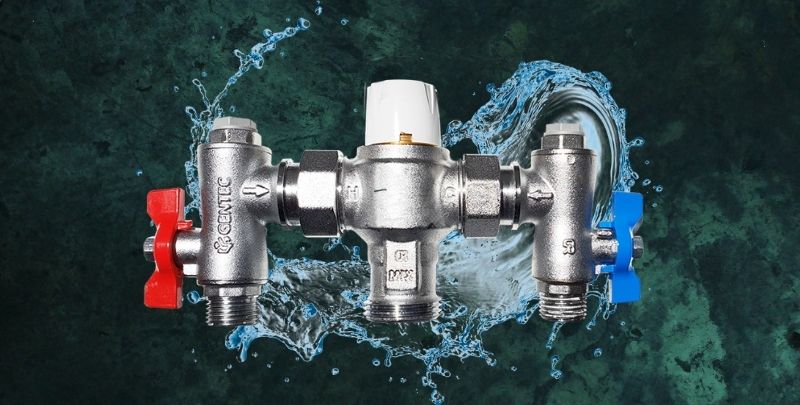
Your Tempering Valve Questions Answered
The tempering valve is essential for controlling the hot water temperature flowing from your taps and showerheads. Every hot water system is equipped with one.
It’s a small yet essential accessory that’s required under the Plumbing Code of Australia. So, there’s bound to be a tempering valve working behind the scenes every time you enjoy the wondrous warmth of hot water.
Many of us would consider hot water an essential service. And if you require any important hot water tempering valve services, call Mr Emergency today.
Meanwhile, it never hurts to have a basic understanding of how a hot water system works and how a tempering valve affects the hot and cold water flowing through your pipes. Essentially, it’s there to help you and your family members to avoid scalding.
Here are your frequently asked tempering valve questions answered.
What is a Tempering Valve?
The tempering valve is an essential component of every hot water system. It’s required for managing the temperature of the hot water flowing from your taps and showerheads.
The valve mixes hot and cold water to restrict the temperature of the water for safety and personal hygiene purposes. Tempering valves limit water temperature to a maximum of 50°C, which prevents scalding. You really don’t want 60°C water coming out of your hot water tap.
According to Better Health Victoria, it takes just one second for water at 60°C degrees to cause third degree burns and 10 seconds at 55°C. So, restricting the water temperature to 50°C is essential for keeping everyone, especially children, safe from the risk of scalding.
The hot water system does have a thermostat that can be set to a lower temperature. However, Australian regulations dictate that a minimum of 60°C is required for storage systems. This prevents the growth of Legionella bacteria within the tank. Legionnaire’s disease is an infection of the lungs caused by ingesting water contaminated with bacteria.
A storage tank must be set to 60°C to prevent the growth of bacteria, and the tempering valve makes the water a safe temperature and significantly reduces the chances of children and adults receiving third degree burns.
How Does a Tempering Valve Work?
Shaped like a capital T, piping hot water flows from the tank through one side of the valve, and cold water comes from a water supply on the other. Each hot water tempering valve is equipped with a thermostatic element.
This element is sensitive to temperature changes and contracts and expands accordingly. This motion affects a piston that opens and closes the inlets to reach the desired hot water temperature. In most cases, this is 50°C.
Most new hot water systems come with a hot water tempering valve, and a professional plumber will connect it as part of the system installation. Mixing hot and cold water is essential to avoid scalding hot water coming out of your hot water unit.
The valves come in different sizes and are colour coded for specific uses.

Blue Cap Tempering Valve – Used for standard household electric water heaters
Orange Cap Tempering Valve – Ideal for heat pump hot water systems and solar hot water systems
Green Cap Tempering Valve – Best suited for gas hot water systems
Black Cap Tempering Valve – Commonly used for large capacity systems or for public use.
Your plumber will be able to assist with the type of valve needed for your purpose. Valves are readily available at most sizable hardware and plumbing stores, but a professional plumber is required for the installation.
Tempering valve installation must be accompanied by paperwork submitted under the plumbing code along with the plumber’s licensing details.
Can Tempering Valves be Adjusted?
Tempering valves can be adjusted for temperature via the spindle located under the coloured cap. Many valves can be set between 45°C and 55°C.
Adjustments should only be delivered by plumbers who will test the temperature of the tempered water, ensuring it’s set to 50°C or less to reduce the risk of burns.
How Long Does a Tempering Valve Last?
Hot water tempering valves have an expected lifespan of 5 to 8 years. That’s around half the lifespan of the hot water system, so it’s likely that your hot water tempering valve will need to be replaced before the water heater.
Components submerged in water tend to degrade over time, and these valves are no exception. Water contains minerals that can build up in your pipes and fixtures over time. The build up can impact the performance of tempering valves reducing performance or reducing their lifespan.
This is the reason why a plumber suggests servicing your hot water system. You don’t want the sudden shock of scalding hot water on your skin. A service involves flushing the hot water system and removing build up before it can impact the quality of your system and the attached components.

Hot Water System Replacement
Plumbing professionals are accustomed to installing replacement hot water systems when the old unit is beyond repair. In some cases, a householder just wants to upgrade the quality of their hot water supply.
As previously stated, the stored hot water in a tank system must be kept at 60°C to prevent the growth of Legionella bacteria and any other harmful bacteria, but tankless continuous flow models don’t require this. Therefore, these models do not need a hot water mixing valve.
When it comes to a continuous flow unit, tank temperature is not an issue. If you’re considering getting a new hot water system, it’s something to keep in mind. Mr Emergency plumbers specialise in hot water system replacements.
What About the Thermostatic Mixing Valve?
Like a tempering valve, the thermostatic mixing valve (TMV) combines hot and cold water but will deliver the tempered water faster and more accurately.
This makes TMVs ideal for schools, nursing homes, aged care facilities, and even an office or business will benefit from upgrading to one of these heavy-duty components.
Where standard tempering valves are accurate within 3°C, TMVs are accurate within 1°C, making them enticing.
You can always choose to have a thermostatic mixing valve installed. However, thermostatic mixing valves are more expensive than a regular tempering valve, and the additional benefits may not be fully realised within a household arrangement.
If your shower is running cold or the hot water fluctuates, it could be an issue with the tempering valve. If you need a tempering valve installed, contact Mr Emergency for that and all other plumbing services, and we can be at your home within 30 minutes*. We are available 24 hours a day, 7 days a week for emergency valve replacement and all hot water system services.
Call us or book in our services today!
Please note: This information is provided for advice purposes only. Regulations differ from state to state, so please consult your local authorities or an industry professional before proceeding with any work. See our Terms & Conditions here.


